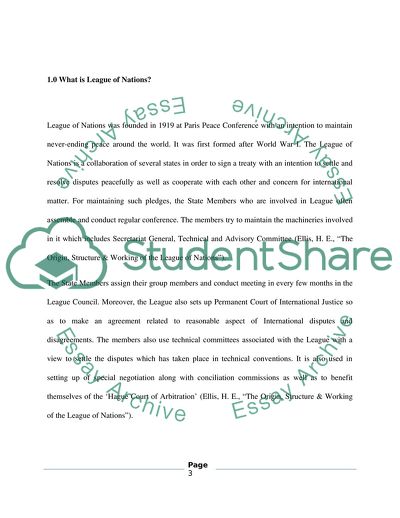Cite this document
(The Origin, Structure & Working of the League of Nations Assignment - 1, n.d.)
The Origin, Structure & Working of the League of Nations Assignment - 1. https://studentshare.org/politics/1751919-league-of-nations
The Origin, Structure & Working of the League of Nations Assignment - 1. https://studentshare.org/politics/1751919-league-of-nations
(The Origin, Structure & Working of the League of Nations Assignment - 1)
The Origin, Structure & Working of the League of Nations Assignment - 1. https://studentshare.org/politics/1751919-league-of-nations.
The Origin, Structure & Working of the League of Nations Assignment - 1. https://studentshare.org/politics/1751919-league-of-nations.
“The Origin, Structure & Working of the League of Nations Assignment - 1”. https://studentshare.org/politics/1751919-league-of-nations.


